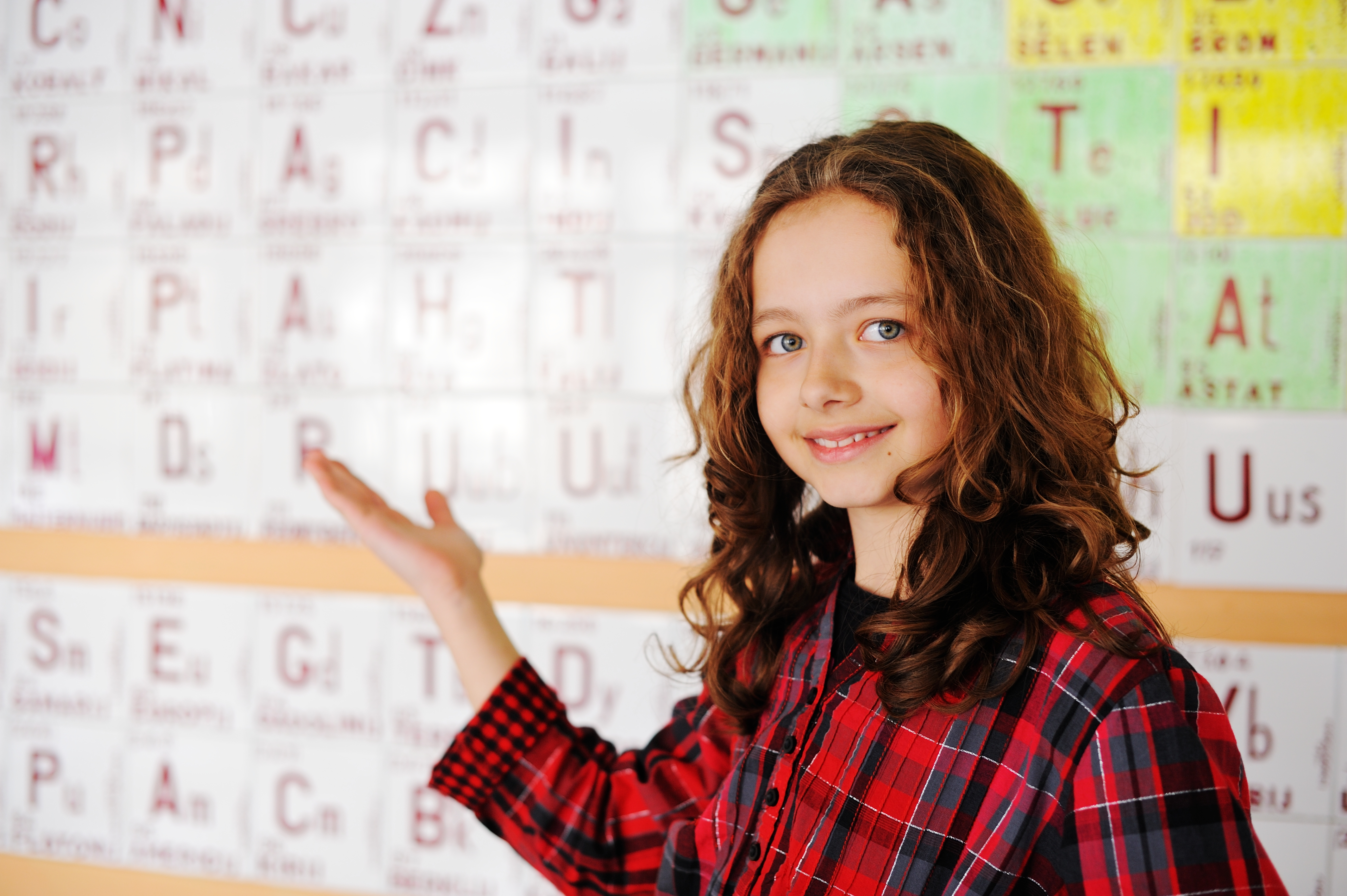Alberta Chemistry 20
This is a class that I find interesting. It's not too hard as a whole, and the variety of topics makes it fun. There's 4 units.
Bonding and the Structure of Matter

This is probably the hardest unit, as it is the most abstract. It's a concept-intensive unit, for sure, and the concepts must be applied to predict the behavior of compounds, but there is little or no math involved. You need to be able to count to 8, that's it. Topics covered include intramolecular forces (ionic and covalent bonds), intermolecular forces (London Dispersion Force, dipole-dipole and Hydrogen Bonding), melting point, boiling point, atomic orbitals and the shapes of molecules.
Gases
I find this unit a lot of fun. We dive into the behaviour of ideal gases and examine them from the perspective of kinetic molecular theory. We explore the true meaning of temperature, volume and pressure, and predict the behaviour of a gas when we change some of these quantities. We cover Charles' Law, Boyle's Law the combined gas Law and the ideal gas law.
Solutions
This unit is a follow-up to a few topics from Science 10, including solubility predictions, acids and bases and stoichiometry. We don't really expand on solubility predictions, we just make predictions on slightly more complex examples. Acids and bases we expand a lot, mostly to get students ready for the Chem 30 unit on acids and bases. Stoichiometry in this unit is a bit involved, but not difficult by any stretch. The most important skill is the ability to convert quantities (mass, moles and volumes) into concentrations. Converting to moles and back is an absolute requirement. If you're weak in that area from Science 10, beef up your skills with some review and practice.
Stoichiometry
Somehow, this thing is treated as a completely separate unit from the previous one on solutions. While stoichiometry applies to other things than solutions, most of what we do in solutions is stoichiometry. When I teach this as a summer class, I just merge the 2 units. We expand on the stoichiometry learned in Science 10 and blend these concepts in with some things we just learned in the Gas and Solution units. We introduce the concepts of limiting reagent, excess reagent and reaction yield. I always use my cookie recipe as an example for limiting and excess reagents.